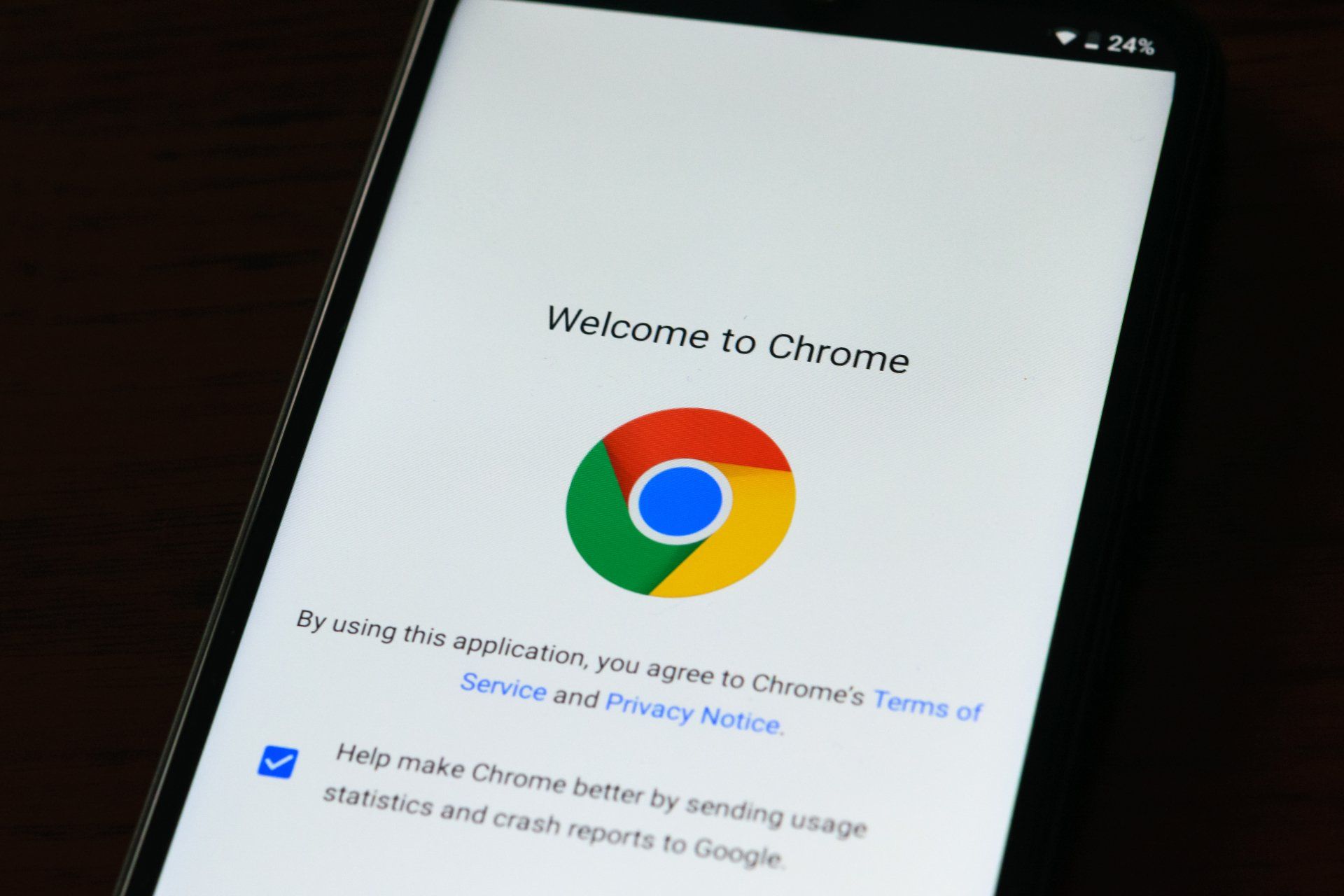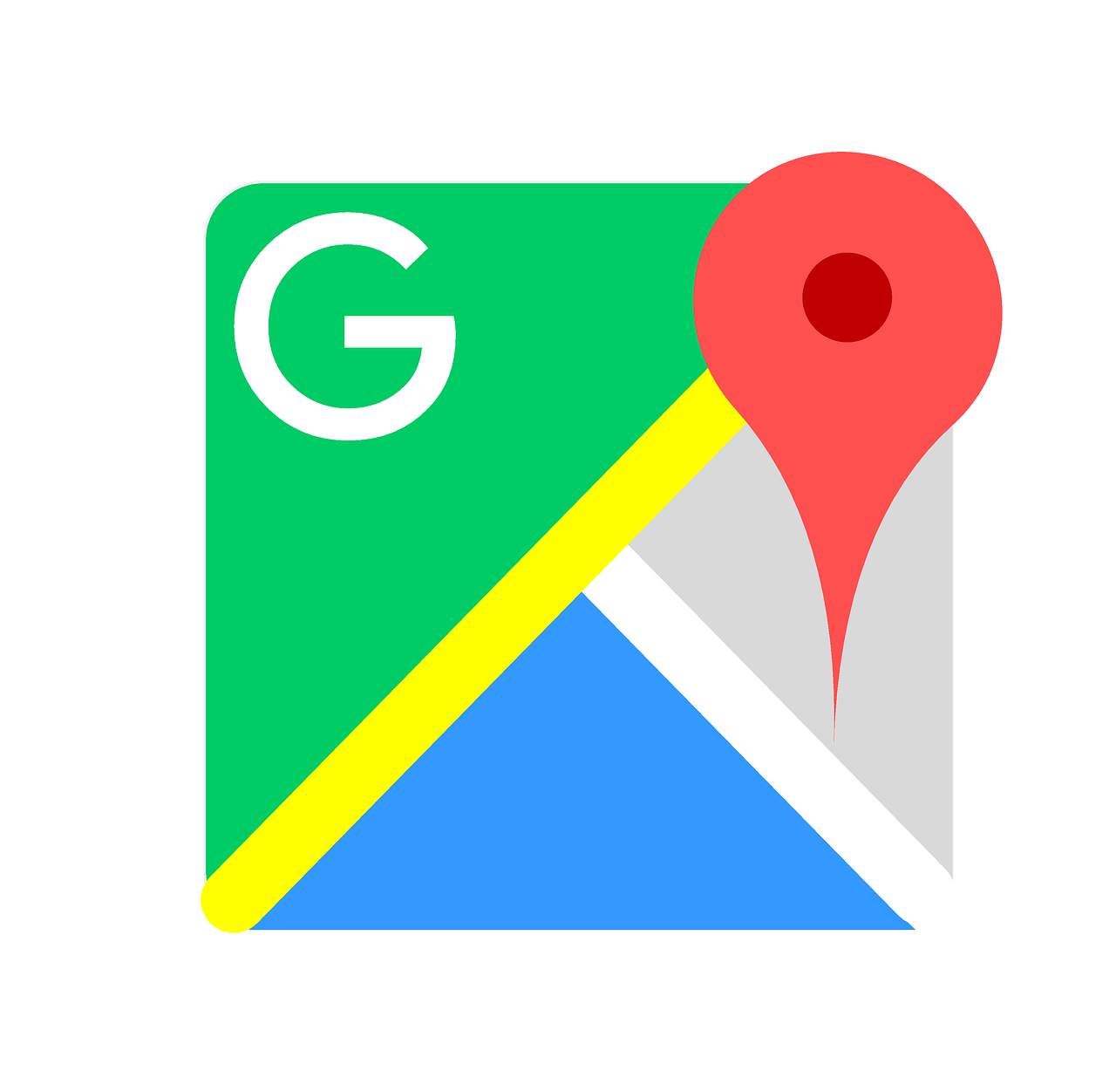Mobile-First Indexing: Ensuring Your Website Is Mobile-Friendly
The way people browse the internet has changed dramatically over the years. With mobile devices accounting for most online traffic, Google has shifted its focus to mobile-first indexing. This means Google primarily uses the mobile version of a website for ranking and indexing. If your website isn’t mobile-friendly, you could miss valuable traffic, leads, and conversions. So, how do you ensure your site is optimized for mobile-first indexing? Let’s dive in.
Why Mobile Optimization Matters for SEO
When Google introduced mobile-first indexing, it wasn’t just another update but a fundamental shift in how websites are evaluated. Here’s why it matters:
- Better Rankings – Google prioritizes mobile-friendly websites, meaning a site that isn’t optimized may see a drop in rankings.
- Enhanced User Experience—A mobile-optimized site ensures a smooth experience for visitors, leading to lower bounce rates and higher engagement.
- Faster Load Times – Mobile users expect quick-loading pages, and slow sites often result in lost visitors and potential customers.
- Higher Conversion Rates – When users can easily navigate a site on their phones, they’re more likely to complete actions like purchasing a product or filling out a contact form.
If your site isn’t mobile-friendly, you could drive traffic to competitors who have embraced mobile optimization.
Tips for Creating a Mobile-Friendly Website
Now that you understand why mobile-first indexing is critical, here are some actionable tips to ensure your website meets Google’s mobile standards.
1. Use a Responsive Web Design
A responsive website automatically adjusts to different screen sizes, ensuring a seamless experience on desktops, tablets, and smartphones. This eliminates the need for separate mobile and desktop versions of your site.
2. Optimize Page Speed
Slow-loading pages frustrate users and increase bounce rates. Improve your site speed by:
- Compressing images
- Using a content delivery network (CDN)
- Minimizing JavaScript and CSS
- Enabling browser caching
3. Make Content Readable Without Zooming
The text should be legible without the need to pinch and zoom. Use a minimum font size of 16px, ensure proper spacing, and break up large blocks of text for easy reading.
4. Ensure Easy Navigation
Mobile users should be able to navigate your site effortlessly. Use:
- A simple, intuitive menu
- Clickable buttons with enough space around them
- A search bar for quick access to information
5. Avoid Intrusive Pop-Ups
Pop-ups that cover the entire screen can frustrate mobile users and may lead to penalties from Google. Instead, use smaller banners or slide-ins that don’t disrupt the browsing experience.

6. Test Your Site on Multiple Devices
What looks great on one phone may be problematic on another. Regularly test your site using tools like Google’s Mobile-Friendly Test to ensure a consistent device experience.
7. Optimize Images and Videos for Mobile
Large media files can slow down load times. Compress images without losing quality, use next-gen formats like WebP, ensure videos are responsive, and don’t autoplay unnecessarily.
8. Implement Mobile-Optimized Forms
If your site includes contact or sign-up forms, ensure they are easy to fill out on mobile devices. Use larger form fields, simple input methods, and autofill options to enhance the user experience.
Why Hiring Professionals Matters
While implementing these mobile optimization techniques can significantly improve your website’s performance, getting everything right is not always easy. That’s where professional SEO services come in.
With a team specializing in responsive design, technical SEO, and performance optimization, you can ensure your site meets Google’s standards while providing an excellent experience for visitors. Don’t let a poorly optimized website hold your business back—invest in mobile SEO today and stay ahead of the competition.
Mobile-first indexing is no longer optional—it’s necessary for success in today’s digital landscape. Ensuring your site is mobile-friendly can improve rankings, enhance user experience, and increase conversions. Whether you handle optimization or seek professional help, now is the time to embrace mobile-first indexing and future-proof your website.
Check out our ways of managing Google Business Profiles, Websites, and help with Google Ads
Ready to work with My Agency Site?
Let's connect! We’re here to help.
Send us a message and we’ll be in touch.
Or give us a call today at 111-222-3333
Agency Contact Form
More Marketing Tips, Tricks & Tools










